Indian Summer Food Stories
- May 12, 2022

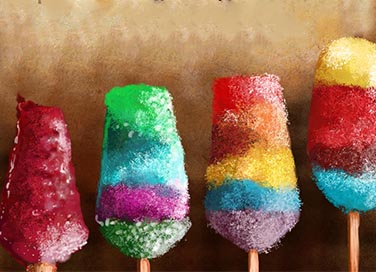
Indian Summer Food Stories
- May 12, 2022
By Kayva Gokhale
While summers in India can be brutal, they also have a silver lining. Summer brings with it a host of delicious fruits, as well as traditional dishes and drinks, all of which are perfect combinations of taste and nutrition. We have gathered fascinating facts and legends around some of the most popular summertime foods and drinks that make Indian summers unforgettable.
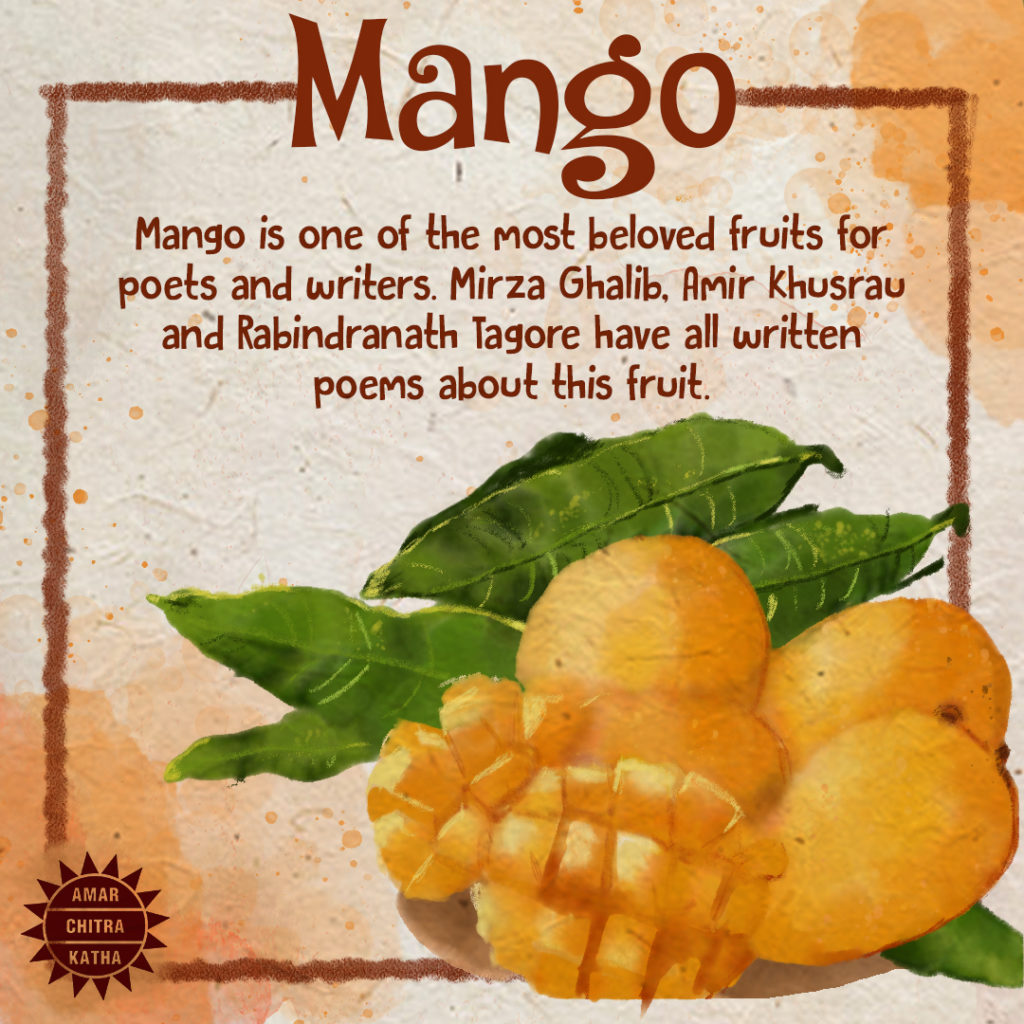
There is no fruit that is as strongly associated with Indian summers as the mango. Throughout history, from Mughal emperors to classical poets, no one has been able to resist the charm of the King of Fruits. It is believed that Emperor Akbar was so fond of mangoes that he planted up to 100,000 mango trees. The great poet Mirza Ghalib’s love for mangoes is apparent in his writing. He wrote a famous poem, ‘Dar Sifat-e-Ambah‘, solely dedicated to this fruit. He is also believed to have mentioned mangoes in more than 60 letters that he wrote to friends. Similarly, the poet Amir Khusrau called mango ‘naghza tarin mewa Hindustan‘ or the ‘fairest fruit of Hindustan‘. Even Rabindranath Tagore dedicated a poem called ‘Aamer Monjori‘ to this fruit.
To receive more such stories in your Inbox & WhatsApp, Please share your Email and Mobile number.
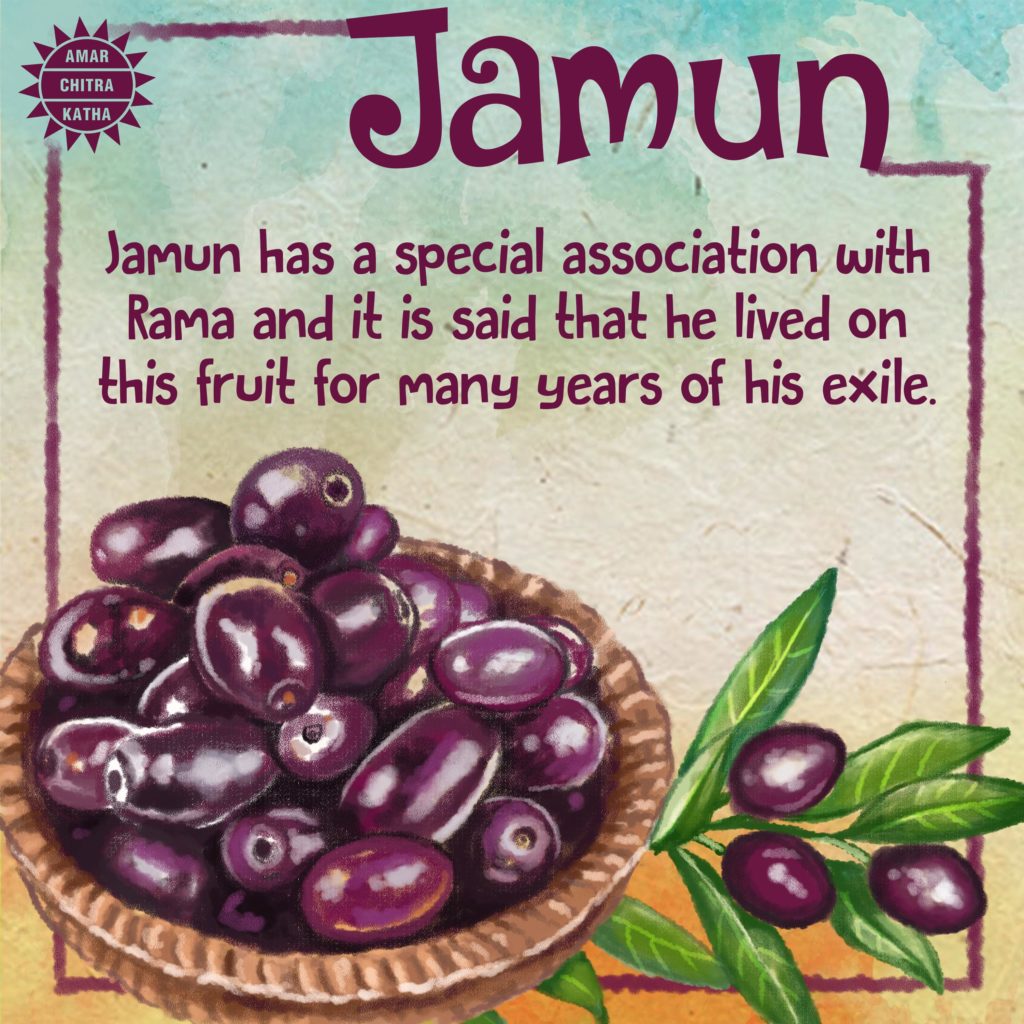
The tiny Jamun, packed with nutrients, is a common ingredient in summer dishes such as ice creams, sherbets, coolers and syrups. This purple fruit also finds place in some fascinating legends of India. Rama’s skin is often compared to the rich colour of the jamun and he is said to have lived on this fruit during his 14 years in exile. It is also said that Megha, the god of rains, descended to the earth in the form of a jamun, which is why the colour of the fruit is like that of a stormy sky.
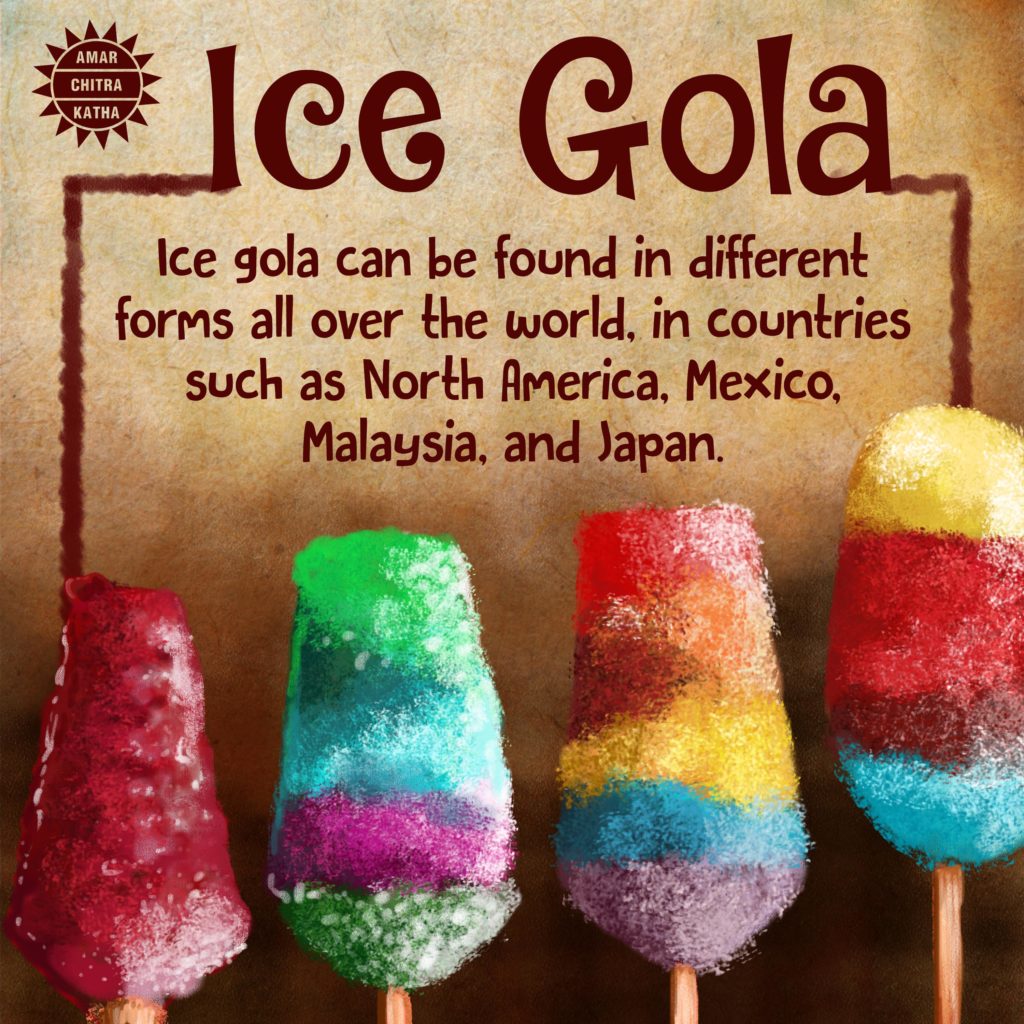
In India, summer holidays are synonymous with little children happily enjoying refreshing ice golas from street vendors. This preparation, made with shaved ice and flavoured syrups, has many names. It is called barf ka gola, chuski or gola ganda in different parts of the country. The ice gola is popular even outside of India. In North America, it is called a snowball or snow cone. In Mexico, ice golas are called raspa and are often spicy and tangy. In Malaysia and Singapore, it is called Ais Kacang and often has red beans as toppings. Ice golas are extremely popular even in Japan, where they are called Kakigori. In fact, it is believed that the dish might have been invented in Japan during the Heian period.
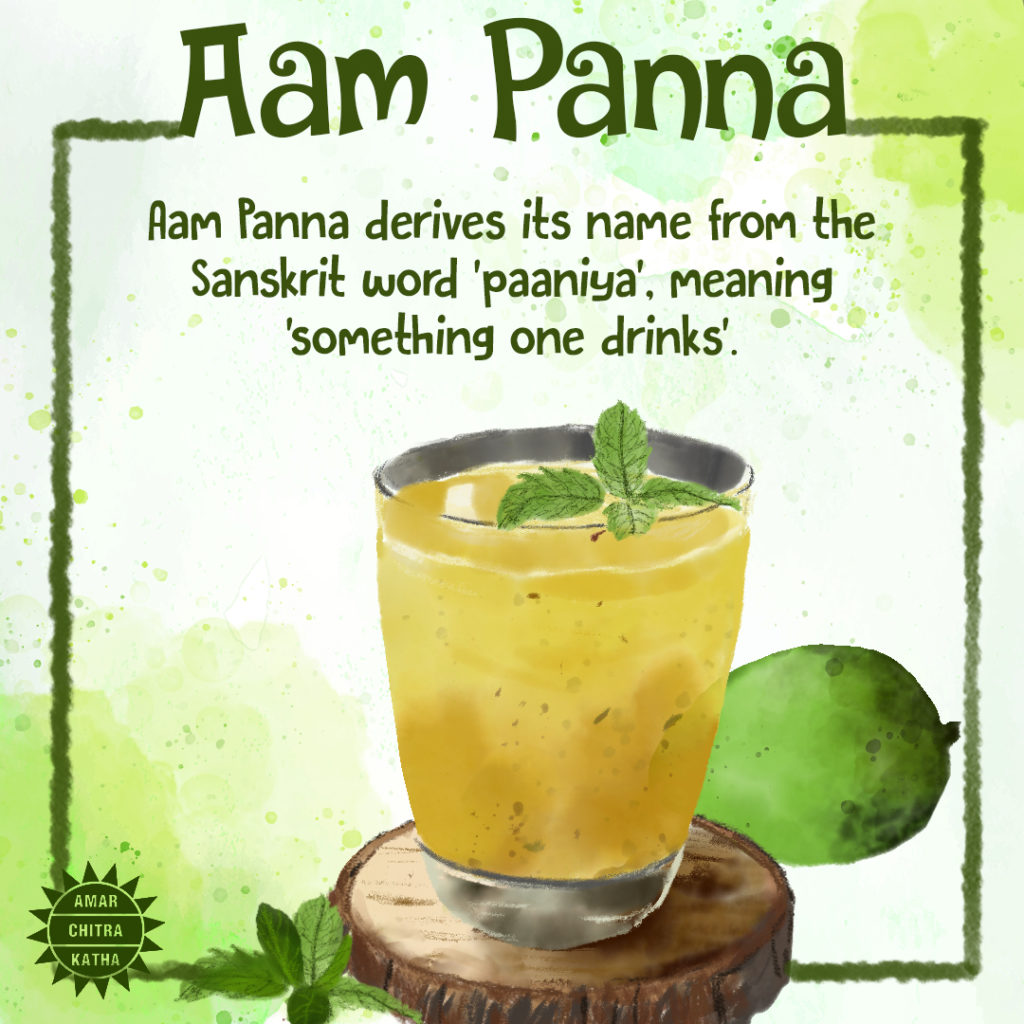
Aam Panna, also called kairicha panha, aam jhora or aam pora, is a refreshing summer made from raw mangoes. The drink derives its name from the Sanskrit word ‘paaniya‘, meaning ‘something one drinks.’ Aam Panna finds its mention in a large number of ancient texts, which indicates how popular it has been for centuries. The drink is described in a number of ancient Ayurvedic texts, as well as in the writings of Sanskrit playwright Kalidasa. Aam Panna was also popular among the Mughal emperors since it is described in Ain-e-Akbari, a 16th-century record of Akbar’s court as well as the Baburnama, which are Babur’s memoirs.
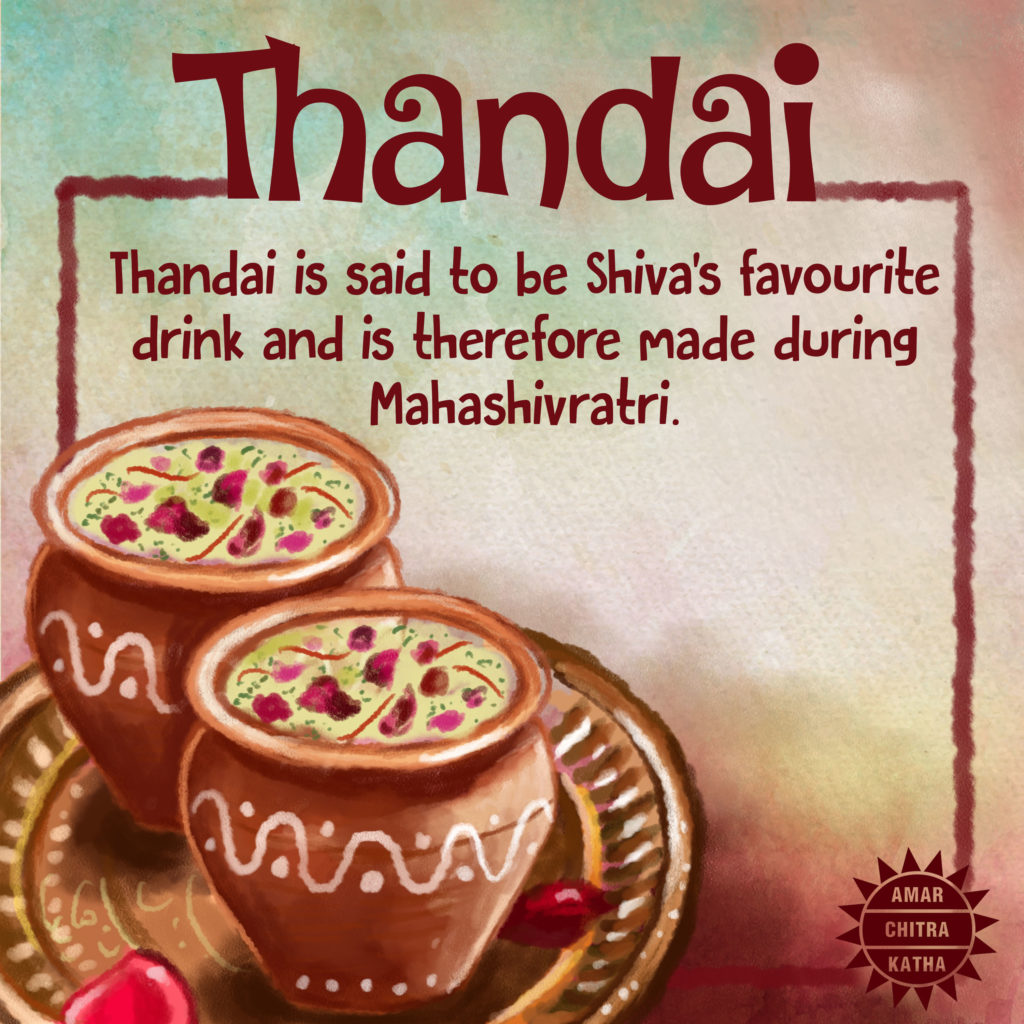
Thadai is a popular summertime drink made with milk, sugar and various nuts and spices. Containing the word ‘thanda‘, meaning cold, thandai is not only a refreshing beverage but also has a special place in Indian mythology. It is believed that after Shiva drank the poison that emerged out of Samudra Manthan i.e. the churning of the ocean, he flew into a terrible rage. In order to calm him down, he was offered thandai. It is said that ever since then, the thandai has been Shiva’s favourite drink. This is why thandai is prepared and consumed during the festival of Mahashivratri, especially in North India.
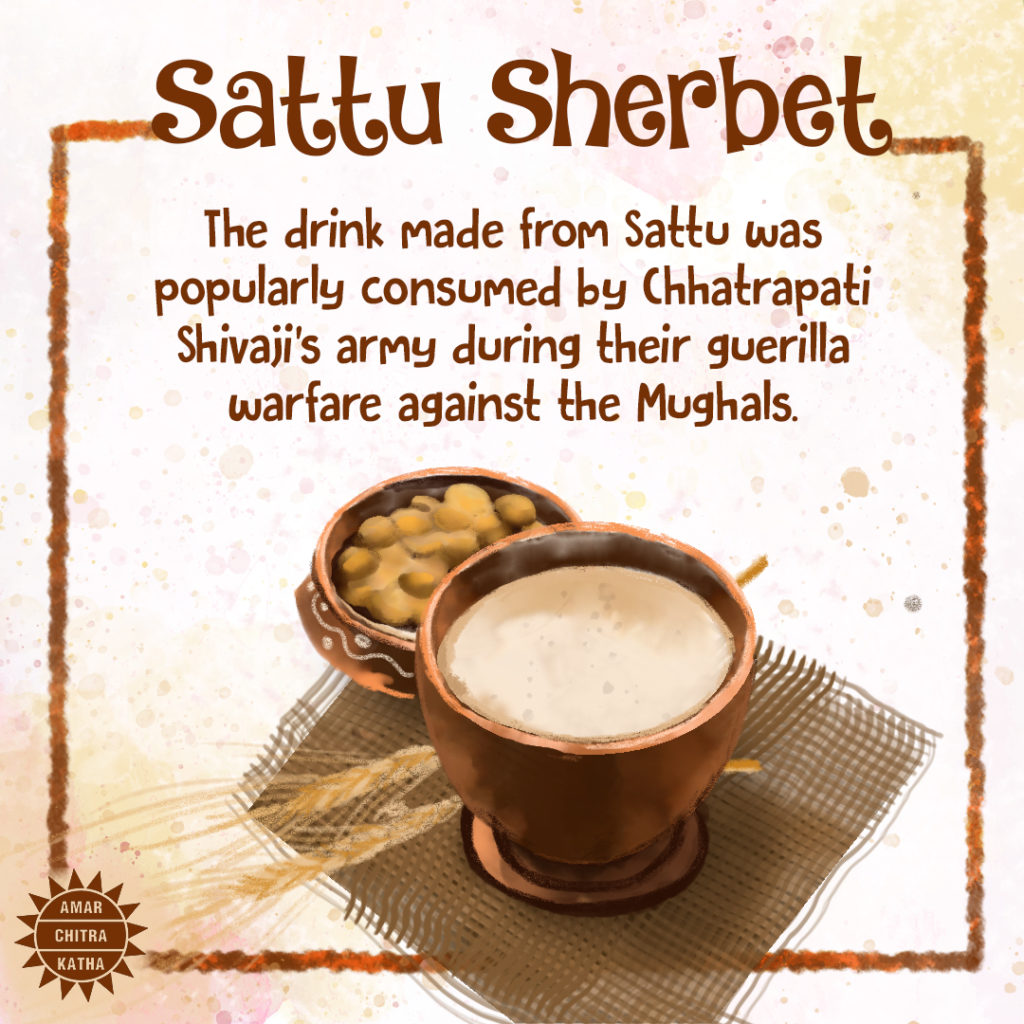
Sattu sherbet is a summer superdrink that is both delicious and extremely nutritious. This drink is made from Sattu flour, which in turn is prepared by grinding together various grains, pulses and cereals like wheat, barley, jowar, etc. This drink is such a powerhouse of energy that it has been used throughout history in wars and conflicts. The armies and traders of the Kalinga dynasty often carried Sattu during long voyages. Even Chhatrapati Shivaji’s army would consume this drink during their guerilla wars against the Mughals. There are also some legends that suggest that Tibetan monks would carry Sattu during journeys.
To receive more such stories in your Inbox & WhatsApp, Please share your Email and Mobile number.

Comic of The Month
Dr Kotnis in China
In 1938, twenty-eight-year-old Dr Dwarkanath Kotnis was part of a medical mission that India sent to aid China in its war with Japan. Dr Kotnis was committed to saving lives, even in the precarious war-time situation. He remained behind to continue his work in China after the rest of his group returned. He was, and remains, a selfless and fearless hero to the people of China and India alike.